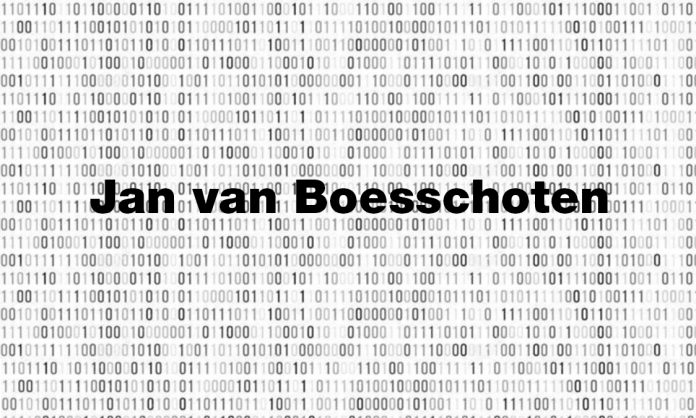These days, AI-bashing is a prevalent occupation — and for many, a way to gain attention and take the first steps on the path to stardom. Adding fuel to the cauldron of fear, uncertainty, and change often finds a receptive audience of yes-men. But don’t worry: I won’t fan the flames. Instead, I’ll point you to the fundamental questions at the heart of the AI Fear Factory. Today, let’s discuss how the needless fear that AI will dethrone humanity is rooted in religiously influenced human exceptionalism.
The five mainstream religions — Christianity, Islam, Hinduism, Buddhism, and Judaism — accounted for about 74% of the world’s population in 2020, according to the Pew Research Centre. Although these religions differ in dogma, holy books, and traditions, they have historically promoted a human-centred (anthropocentric) worldview that often places humans above nature. In this view, humans are seen as separate from and superior to the rest of the natural world, a status frequently linked to human intelligence: the general mental ability to learn from experience, adapt to new situations, understand and handle abstract concepts, and use knowledge to manipulate one’s environment or solve problems.
Being at the top of the pyramid makes it very difficult to be unseated, especially when the challenger is of your own making. It’s even more unsettling when this new “top predator” is an enhanced version of the very skill that secured your place at the top. The fear that AI might become more intelligent and autonomous than humans, dethroning us and surpassing our dominant position in nature, is a central theme in the AI fear narrative. Yet, many animals already possess abilities that far exceed our own: cats see better in the dark, dogs have a superior sense of smell, horses can outrun us, and bees can deliver a deadly sting. Still, we harness these abilities to our advantage — using dogs to find disaster victims, riding horses for speed, and relying on epinephrine auto-injectors to counteract bee stings. And as for cats? Cats are in the twilight, it’s hard to say who’s really in charge — but if I had to guess, I’d put my money on the cats.
Peeling away the fear surrounding AI reveals its true components: data, algorithms, and automation. Are we really afraid of these building blocks? AI’s strength lies in its ability to process and compare massive amounts of data rapidly and continuously. However, it comes at a significant energy cost, and for now, the human brain remains far more efficient in both energy use and learning capacity. If we see AI for what it is — a tool for quickly analysing information — it becomes clear that it serves many valuable purposes. Large language models, for example, provide a conversational interface to data. Should we fear that AI will usurp the dominant position humans have held, a status often reinforced by religious worldviews? No, AI is a tool, not a rival. You can kill somebody with a hammer, but most people don’t. The last time I tried to hammer a nail in the wall with my forehead, it wasn’t very successful. And although there are many concerns surrounding AI, understanding what AI is, a tool, will rationalise the discussion of its use.















